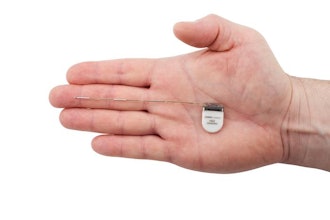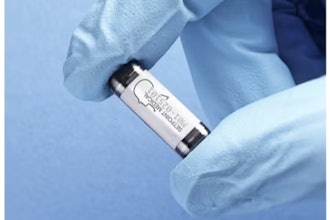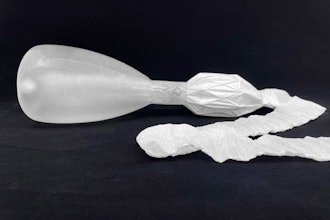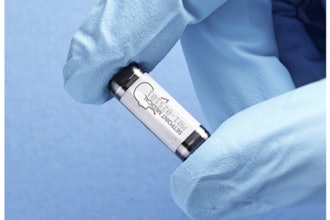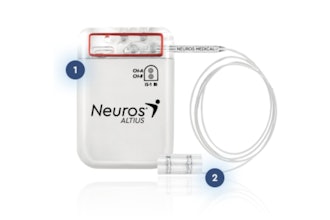
Empirical Spine, recently had its Premarket Approval (PMA) Module II accepted and closed by the US Food & Drug Administration (FDA), which it called an important milestone in the commercial approval process for its LimiFlex Dynamic Sagittal Tether (DST).
The LimiFlex DST is a surgical option for grade 1 degenerative spondylolisthesis (degen spondy) patients with spinal stenosis. Recognized with FDA's Breakthrough Device Designation, LimiFlex has the potential to offer grade 1 degen spondy patients a better solution compared to current options such as fusion.
"We believe LimiFlex is an exciting advancement in stabilization surgery that uses a completely different concept for durable motion preservation to better meet the pressing need for improved outcomes with a lower cost of care," says Richard Treadwell, President and CEO of Empirical Spine. "We are on schedule to submit PMA Module III later this summer, bringing this significant innovation one step closer to commercial availability. This should be welcome news to the hundreds of thousands of patients suffering from this debilitating condition who have been waiting for a treatment option with lower failure and complication rates."
The LimiFlex DST is the only device designed to restore the natural flexion stability of the lumbar spine. The LimiFlex DST mimics and augments the anatomic ligaments to create natural, balanced motion across the spine without the use of invasive screws, rods, and bone grafts. After completion of the neural decompression/laminectomy, LimiFlex is implanted through the same incision to restore stability while maintaining balanced mobility of the spine.
LimiFlex is calibrated to work with the natural biomechanics of the spine by augmenting the posterior tension band in a dynamic manner—only when needed—to help keep the facets engaged and add strength to the remaining ligaments. This unique approach focuses on restoring stability in flexion while allowing for normal segmental motion and halting progression of the spondylolisthesis.
LimiFlex is intended to be an alternative to spinal fusion, which has persistent drawbacks, including being highly invasive and expensive and carrying a high risk of surgery-related complications and re-operations.
LimiFlex received the CE Mark in 2009 and has been implanted in more than 2,000 European patients.












